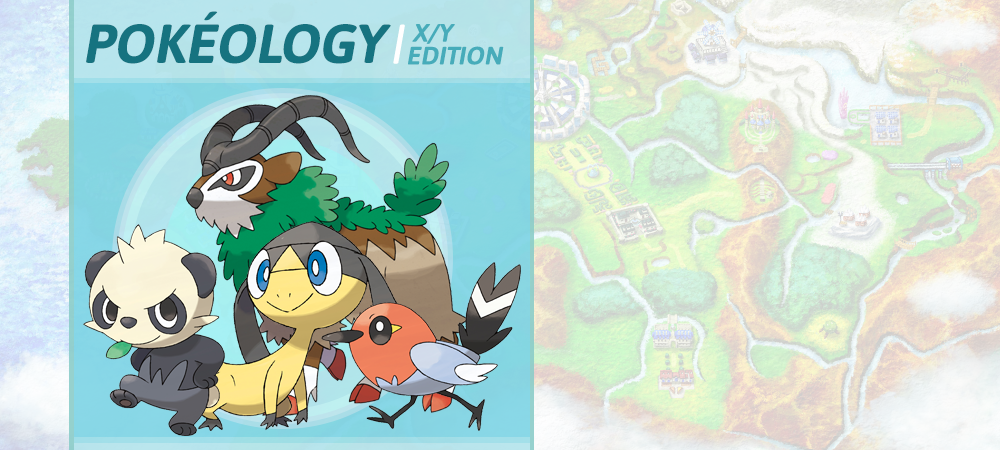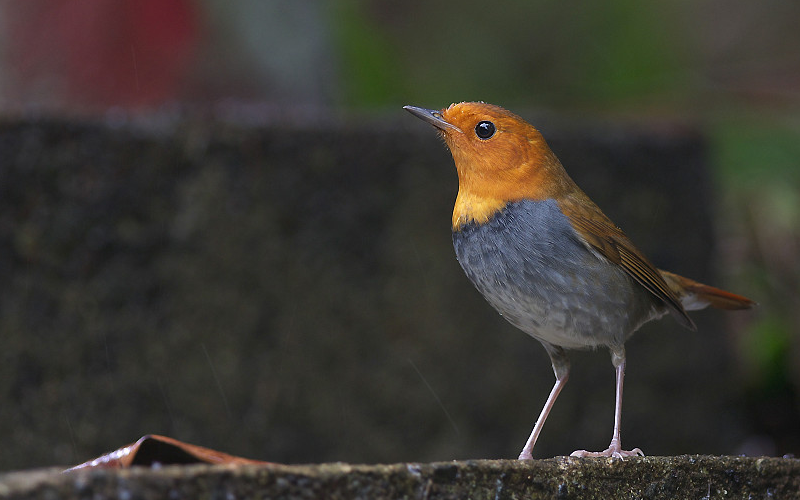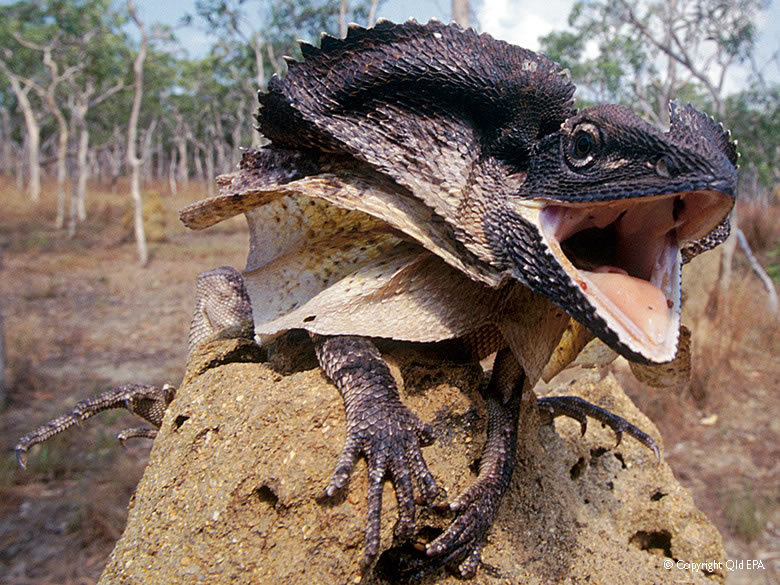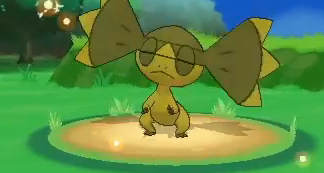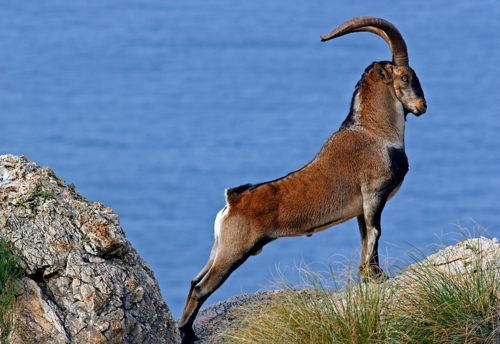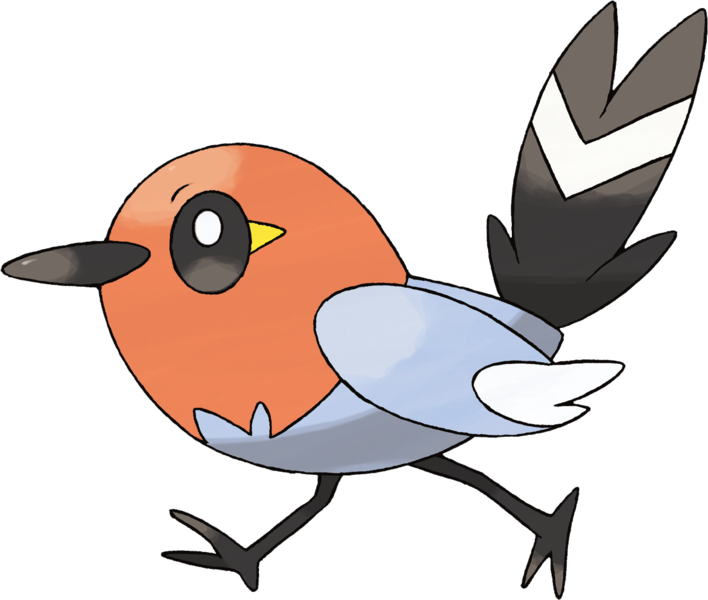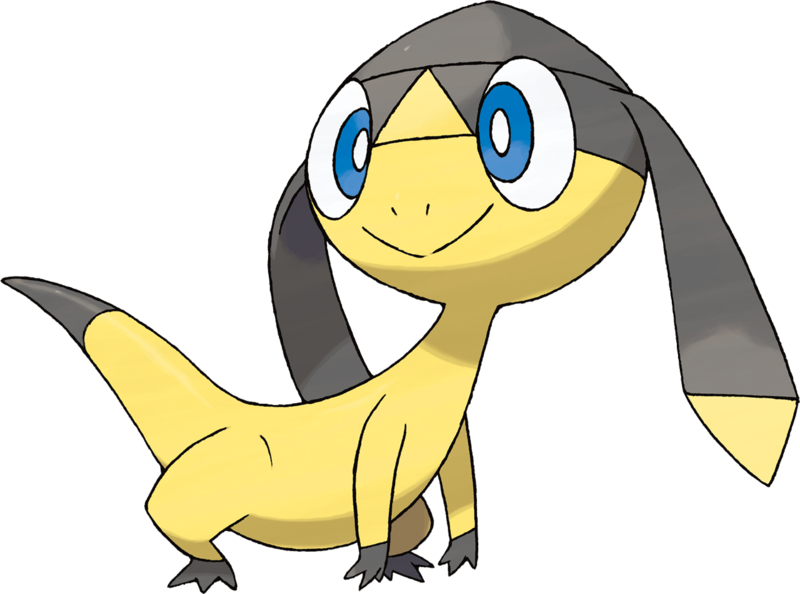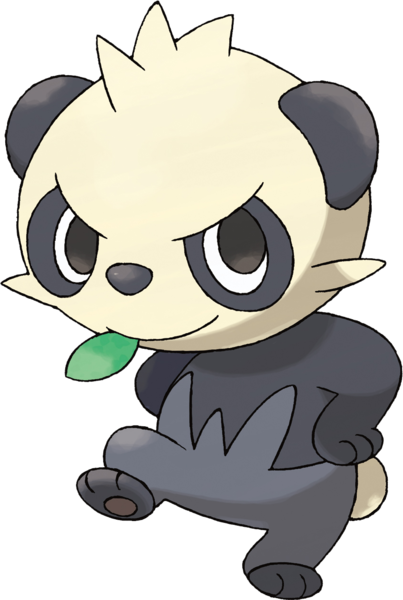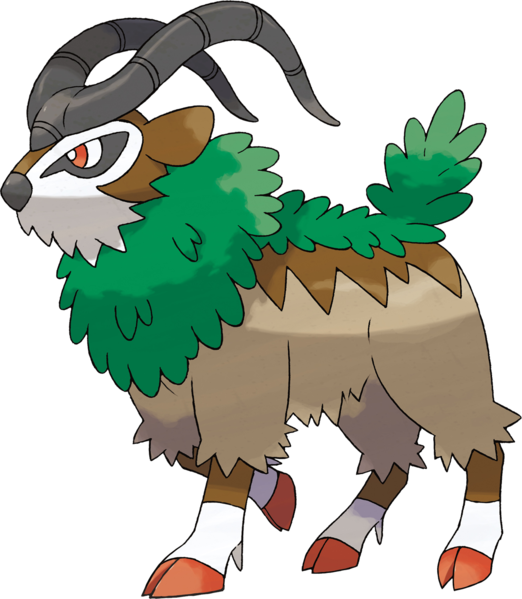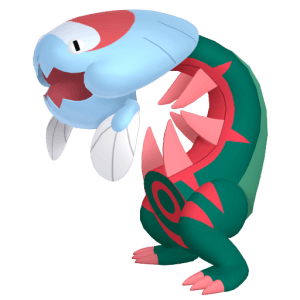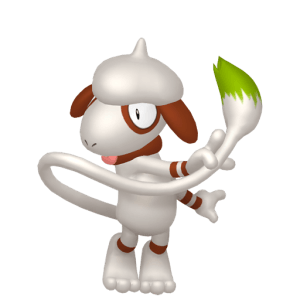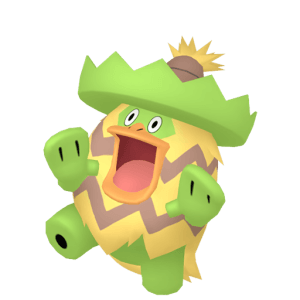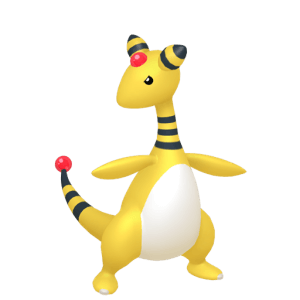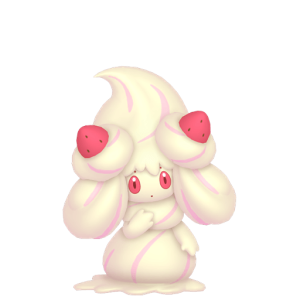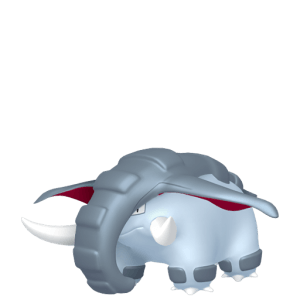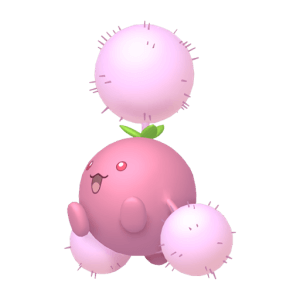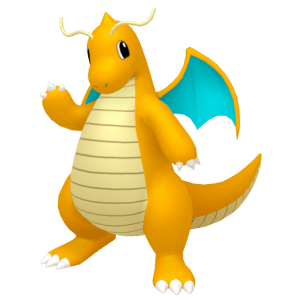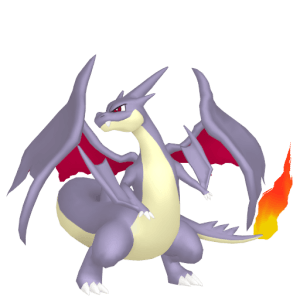
Hey guys. Long time no see– it’s been four months! Crazy how time flies when you’re busy– I’ve moved house, had an entire sports season, worked as the tech director for my school’s musical.. I can’t believe my last article was a few days after we found out about X and Y, that sure feels like an eternity ago. Still, I’m back with a special edition on the four new Pokémon revealed in Corocoro.
The site’s gone through a big rework since I’ve been gone, so it’s been a bit of a learning process for me in posting this. Thankfully, I have an awesome slider made by our very own Moving- great job!
So yeah, here we are, this time focusing on the four fantastic new creatures shown off in Corocoro. I actually really like these guys, so I’m excited to see them in battle later this year. My favorite? Fletchling actually; quite possibly the cutest bird I’ve seen in Pokémon. I mean, look at that little fella. That said though, each of them are fantastic in their own ways, and I’m really excited to find out what’s in store for the rest of this generation.
Basis
[spoiler]
So jumping right into it, let’s take a look at this curious little guy. It’s pretty easily identified as the Japanese Robin by the fiery orange head- a key feature of the species. Now, since you’ve already seen the images concerning the new Pokémon I’m covering in this article, you’ve already noticed that this fella is Fletchling. The Japanese Robin, as you can guess, comes from Japan, and it’s a rather commonly seen bird.
There’s clearly some artistic license being taken on Fletchling, with differences in wing patterns and some body color, but that’s to be expected with a basic bird Pokémon. I think a great example of this is Starly, which although based on a starling, has a vastly different appearance.
Now this one concerns a Pokémon that might’ve confused some of you at first. Helioptile is an unusual Pokémon with features that might cause some confusion, but as soon as I saw it I knew what I was looking at. See, one of my favorite lizards is the frill-necked lizard from Australia, commonly known as the ‘frilled lizard.’ These guys are intense, throwing up their frills as soon as they get any threats. This makes them suddenly look triple their original size to potential predators or rivals, and normally wins a fight without shedding any blood. That’s pretty beast for a lizard, I have to say.
So, why did it make me instantly jump to a frilled lizard? Well, take a look-
That pretty much sums up what you need to know about the basis, but here’s a cool little extra thing. See, frill-necked lizards tend to run on their back legs. Seriously, look it up, it’s ridiculously cool.
Google frilled lizards running right now, you won’t regret it.
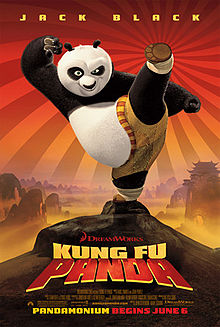
All that said, Panchum is still a unique Pokémon with a nice idea to it. I’m interested in seeing how it evolves, since they could do a lot with the basis of a panda. They’ve done Pandas before, if you haven’t noticed that Spinda was just a really dizzy panda.
The Ibex is a special thing– there’s not many animals like it on the planet. They have some crazy horns, which of course is the basis for my identification of Gogoat as one. Domestic goats actually fall under this genus, but I feel like Gogoat is a bit too sturdy, wild, and has some nice horns. So instead of just saying it’s a goat, I’m going to have to say it’s a Spanish Ibex, as seen above. The Spanish Ibex has the most accurate horns compared to Gogoat, but I’m no bovid expert, so if someone wants to correct me, I’d be fine with that.
[/spoiler]
Biology
[spoiler]
This fella might be little, but there’s plenty of interesting stuff going on with him.
For a start, we have white wingtips, an orange face, a large black tail with a single stripe, yellow markings just behind each of the eyes, a black bill, and two long legs.
Long legs are not typical of many bird Pokémon, and present a Pokémon more accustomed to life on the ground. It’s evident that Fletchling is able to navigate pretty quickly on the ground with legs like these, although it probably prefers flight for normal travel.
Fletchling has a massive wingspan, which is unapparent when the wings are in a inert position. This may be frightening to opponents, as it shows that Fletchling is a much bigger creature with powerful wings. These wings are clearly made for long distance travel, and it’s likely that Fletchling spends much of its time migrating throughout Kalos.
It has a large tail which appears to show off, being brightly marked with a single stripe. This could be used in finding mates, or for aggressive behaviors. It sticks out very plainly, being contrasted with the black of the tail. This also implies that Fletchling has little issue with predators; whether this is due to its habitat, abilities, or speed is unapparent.
At this point in time, Fletchling’s evolutionary tree is unknown, but all signs point to it being the most basic stage in its evolutionary tree. There are some assumptions to be made regarding its possible evolutionary traits, but key features that are most likely advanced include the yellow markings, the stripe on the tail, and the white on its wings. These are all small details which feel incomplete, and thus clearly will be advanced in its evolutions.
Regarding its ability for fire, one would assume that at some point it will become a phoenix. With that in mind, one could imagine a phoenix with a fire covered head; The yellow marking is dead-center for the yellow of the flame, so it’s already easy to see that happening.
It’s almost hard to describe this one, I mean, take a few looks at it and you’ll still be a little stumped by this guys features.
Still, we can see a dome-shaped head, with two frills coming off the sides, two lines through the middle, large blue eyes, two nasal openings, and a V-shaped mouth. It has a slender body with a black tip on its tail, and black, claw-tipped extremities.
The head is most definitely the most interesting part of this creature, and can tell us a lot about it and how it lives.
Interestingly enough, the large eyes catch my eye. We know that Helioptile gathers solar energy during the day, which begs the question as to how it behaves at night. It’s likely, from these large eyes, that Helioptile spends its nights active, hunting and gathering food using the energy it gained over the day.
There’s something else that I think regards the sun as well, and that’d be the black coloration on the aft section of its head. Black is the color that draws in the most heat and energy from the sun, which would be a perfect fit for Helioptile’s lifestyle.
The key features are probably the two frills on the sides of its head. These fold up and stay compact during the majority of Helioptile’s life, but appear to open when threatened or while behaving aggressively. This makes Helioptile seem bigger to its predators, and may have something to do with its abilities to manipulate electricity.
Helioptile is clearly basic in its evolutionary tree, but there are plenty of hints as to how its evolutions will appear. The hunched posture points to a bipedal evolution, possibly in a posture much like Feraligatr. The black hands and tail tips will most likely stay as it evolves as well, leaving one to wonder what their significance is. However, the one feature that I really see as being up in the air would be the frills on its head.
In my mind, I can imagine it having an incomplete frill, with spaces between each part of the frill, and each of these spaces is filled up with electrical energy rushing across these openings. That would be pretty darn cool, but we have to see how it’ll work out.
Here’s a guy with some attitude.
Pancham has small ears, large arms, strong legs, a small tail, two large black patches of fur around its eyes, tufts of hair sticking out from its fur, and a signature leaf almost always found in its mouth.
Its arms and legs are rather large in comparison to its body size, showing it to be a very adept fighter. It could clearly throw its weight around and get away with it for most Pokémon anywhere near its size. Judging by its expression, it knows it’s tough, and probably fights with other Pokémon for its own amusement.
The dark spots around its eyes would confuse an opponent as to the size and shape of its eye, making it harder to get blows at the soft tissue of the eye itself. Though this might also generally just intimidate an opponent as well, with darker, more unnerving eyes.
Its small ears point to it lacking much in the hearing department, which is clearly due to its all-out nature lacking much of a need for hearing.
As with the others, Pancham seems to be the lowest stage in its evolutionary tree, which leaves much room for improvement. It’s curious to think of what it might become, as it doesn’t have many key features to advance. I could see it having a punk Mohawk, and a large stick in its mouth, rather than a single leaf.
Last, but not least, we have Gogoat, a Pokémon much larger than the other three revealed recently.
There’s a lot to cover as for its physical features, from the grassy overcoat, to the long horns, large hooves, and finally its powerful legs.
It has some pretty unique hooves, being two-toed with a third, spine-like appendage out of the ankle. It’s kinda hard to thing of a reason for this adaption, other than possibly being used during a kick to slash the opponent. That would greatly increase the effect of its kick, possibly crippling its opponent.
Just to add to that, it has some sturdy legs; most likely due to its hefty size, which would require legs able to keep it up and stable.
The grassy tufts of fur on the aft side of its body would not only keep Gogoat quite warm, they would also possibly provide a steady food source from photosynthesis. I do find some irony here, as one would expect that Gogoat itself munches down on grass; making this less mutual of a relationship than one would think.
The long horns are definitely involved in mating rituals and general competitions for mates. These may or may not be gender specific, which is something I’m curious as to see. We may very well find out that female Gogoats look vastly different, but I’m not quite sure what to expect from Pokémon this generation, so that’s still open to debate.
As for its evolutionary tree, I’m pretty certain this can’t be the most basic stage. Not only have we seen proof of a lower stage, take a good look at it. Doesn’t it scream evolved to you? But regarding it evolving, I don’t see that happening. They made a pretty big deal out of riding it, and I’d think they wouldn’t make such a feature for a Pokémon just destined to evolve. I’d like to be proven wrong on that one however.
[/spoiler]
So, which one’s your favorite? I sure love Fletchling, and I’m a huge reptile guy. Something about that little bird just hits me right in the heart.
By the way, I’m experimenting with a new series of articles that relate to animals and Pokémon, and I think you all will like it a lot. I can’t say for a fact when it’ll show up, but I might start writing it next week. I’m probably only going to get to another Pokéology if they reveal new Pokémon, so this upcoming series will help me fill some space.
Miss you guys!
-Mechanos

